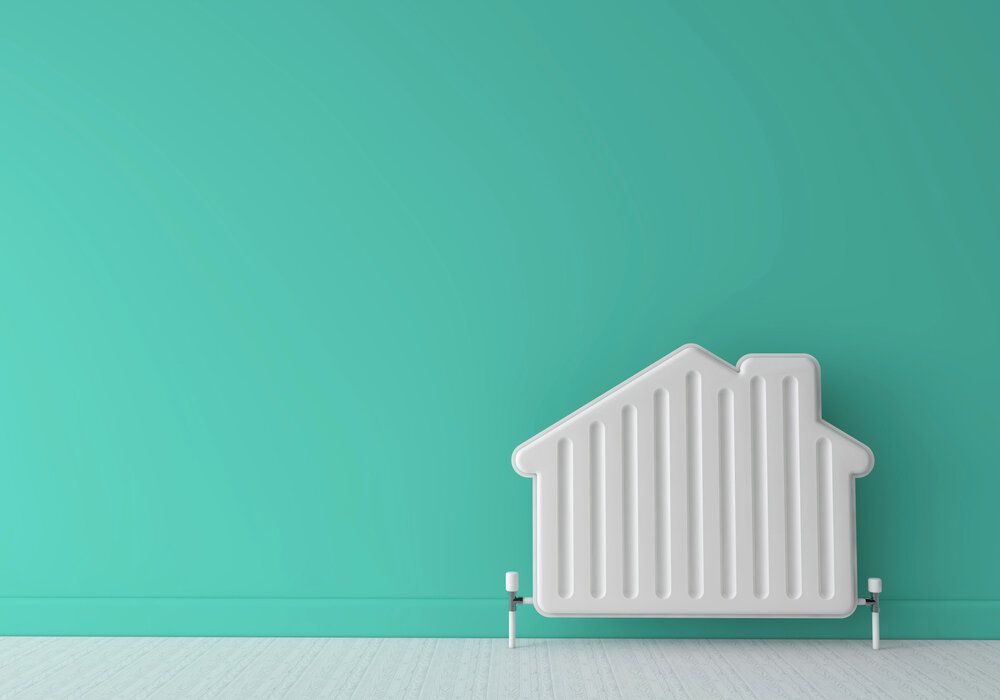Renovation mortgages: How they work and what to consider
Renovation mortgages (otherwise known as conversion mortgages) differ from regular buy-to-let mortgages. But why do some landlords use them and is it something you should explore for your next investment? In this guide, we’re taking a deeper dive into renovation mortgages, looking at how they work and the differences between buy-to-let lending options.
What is a renovation mortgage?
Many landlords prefer to look for hidden value, buying properties deemed as ‘fixer-uppers’. These homes have plenty of potential, but they require work, sometimes minor fixes, other times significant upgrades.
A fixer-upper property can be a wise investment, and a renovation mortgage is designed to help you borrow the right amount for both the purchase and the renovation costs. Lenders don’t typically relinquish funds for investment properties that need serious work. That’s where a renovation mortgage comes in, giving investors the money to make necessary and even desirable upgrades.
Renovation mortgages can be used to purchase the property and make upgrades. They allow you to borrow funds on the basis of the projected post-renovation value. Much like buy-to-let mortgages, borrowers need to show how they will pay the money back. Unlike buy-to-let mortgages, the funds tend to be released faster when borrowing with a renovation mortgage.
How much can I borrow?
With a typical buy-to-let, lenders will loan you, on average, 75% of the property’s value. It might be slightly lower for new builds (around 65%), though some lenders will lend as much as 85% on all types of property.
Similarly, renovation mortgages also offer a significant amount of capital to borrowers. Some lenders are happy to lend up to 90% of the property’s value, meaning you would only need a 10% deposit to purchase a development property.
There is a catch, however. Higher loan rates tend to be available on a repayment-only fee schedule. If you’re after an interest-only loan, the average lending limit is set at an LTV ratio of 75%, similar to a standard buy-to-let mortgage.
Where can I find a renovation mortgage?
The majority of high-street lenders and banks won’t give you a renovation loan, especially if the property falls into the following categories:
- The property is derelict, i.e. in poor condition from neglect.
- It’s not considered ‘habitable’, i.e. lacks electricity, heating, a functioning kitchen and bathroom.
- It needs to be converted into a residential property.
If you want to get a renovation mortgage for these types of homes, you will need to find a specialist lender. The good news is that you can borrow without as many restrictions on fixer-uppers that don’t require complete renovation. Still, conventional lenders don’t usually offer renovation mortgages.
Your best bet is to speak with a broker, especially if they specialise in renovation loans. They can then scour the market and find renovation mortgage products tailored to your individual needs and the specific project you have in mind.
What are typical renovation mortgage rates?
Mortgage rates will typically depend on the property and the personal situation of the application. Renovation mortgage interest rates tend to start at around 5% and are higher for larger refurbishment projects.
It’s hard to give an exact figure as they aren’t as common as standard buy-to-let mortgages. They are also so highly specialised that market comparison websites are not as useful as they are for products such as landlord insurance.
Again, this is where a broker can come in handy. They will provide you with a list of rates from renovation mortgage lenders. Alternatively, you can look for lenders directly and ask them to give you a list of their rates.
There’s also more than one type of renovation mortgage, and the one you get will depend on your situation. Options include:
- Construction to permanent mortgage – you can borrow money to pay for the construction of the property. Once complete, the lender converts the loan into a permanent mortgage
- Construction-only mortgage – an alternative option where you borrow for construction costs and take a second mortgage once you move into the property. This option isn’t always relevant for landlords.
- Renovation mortgage – lets you take out a mortgage size equivalent to the post-renovation property value.
What is the difference between light and heavy refurbishment finance?
Most renovation mortgages are categorised by scale from light to heavy. It all depends on the cost needed to make the necessary renovation, with light refurbishment finance applicable to properties that need fixing up but don’t require planning permission or building regulations.
Light refurbishment
If you’re doing any of the following, you can probably consider it light refurbishment:
- Installing a new bathroom
- Or kitchen
- General redecoration
- Non-structural developments
- Electrical rewiring
- Installing heating systems
- Fitting windows
- Aesthetic changes
- Improvements to fixtures and fittings.
Heavy refurbishment
For the most part, heavy refurbishment is considered the following:
- Structural works
- Property conversions
- Property extensions
- Demolitions.
Heavy refurbishment projects take longer to complete, and you should consider how long they will take to help determine the length of time debt financing will be needed to fix the property. Generally speaking, a heavy refurbishment loan is often required for a minimum of 18 months.
Are there any alternatives?
The easiest alternative is a cash purchase but if that isn't possible (a reasonable assumption if you are looking for a renovation mortgage in the first place) a bridging loan could be a viable option.
With a bridging loan, you can develop a property and then apply for a traditional mortgage when it’s complete. For example, if property is deemed unmortgageable, so you use a bridging loan to fix it up and the apply for a mortgage once its in better condition.
Bridging loans are short-term finance solutions, which means they carry greater risk and have higher repayment rates. Borrowers are also often required to own other high-value assets in order to access the equity within the property.
Summary: renovation mortgages
Getting a renovation mortgage can be a savvy move if you spot an opportunity in the housing market. You can use the loan to modernise the house and then place it on the rental market. In an ideal world, a successful fixer-upper will generate higher rent and increase in value faster, and a renovation loan might just help you purchase your next lucrative investment.
At Home Made, we offer a hybrid lettings solution that adds value at every stage of the rental process. With our game-changing new landlord platform, The Property Wallet, we offer London landlords exceptional tenant-find and property management services for a low monthly fee.
- Avoid expensive upfront fees and spread the cost of marketing your property with the option to pay monthly.
- Free rent collection and arrears chasing.
- Sign off and see all charges and payments in your dashboard.
- Real-time updates on marketing, viewings, and offers.
Prices start from just £50+VAT/mo for tenant-find and £60+VAT/mo for management. Alternatively, you can pay a one-off upfront fee of £1,200+VAT for our tenant-find service.
If you would like to speak with us about your property needs, contact us via our website to find out how we can help. If you're ready to get started, book your free valuation here.
Book valuationCheck out more of our landlord advice here and follow us on Twitter, Linkedin, and Instagram for regular updates on industry compliance standards, market insights, and Home Made company news.




